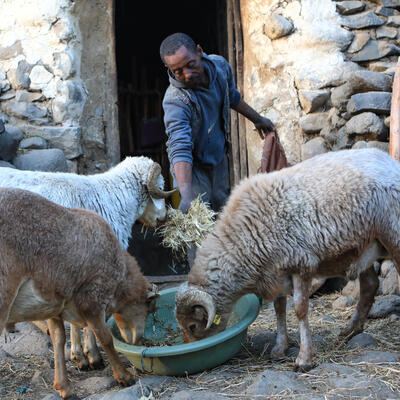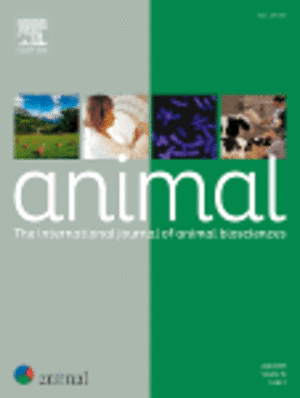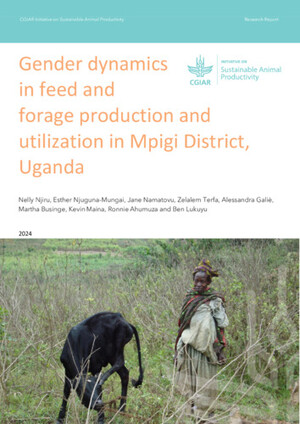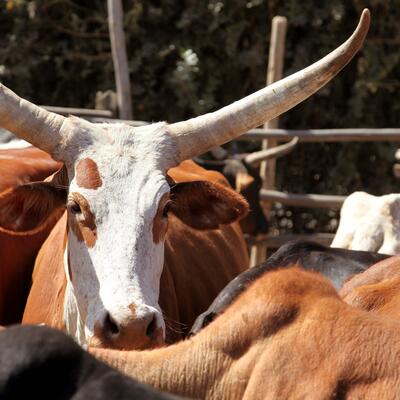
New insights into the diversity of Napier grass: More productivity in fully irrigated systems
![0K5A2324[1]](https://fodderadoption.files.wordpress.com/2019/05/0k5a23241-1.jpg?w=610) Napier grass growing in the ILRI field gene bank in Ziway, Ethiopia (photo credit: Shawn Landersz/Global Crop Diversity Trust). Napier grass commonly referred to as elephant grass, or Uganda grass and scientifically known as Cenchrus purpureus, is one of the most important fodder crops for the small-scale dairy farmers in the high- and medium-potential dairy production areas of eastern, central and southern Africa. Its high productivity, quality and availability all year-round under irrigated conditions make it readily available and suitable to feed livestock. It has been used in soil conservation and in an agricultural pest management strategy. A recent study, published in Nature’s Scientific Reports, has identified significant diversity in a Napier grass collection.
Napier grass growing in the ILRI field gene bank in Ziway, Ethiopia (photo credit: Shawn Landersz/Global Crop Diversity Trust). Napier grass commonly referred to as elephant grass, or Uganda grass and scientifically known as Cenchrus purpureus, is one of the most important fodder crops for the small-scale dairy farmers in the high- and medium-potential dairy production areas of eastern, central and southern Africa. Its high productivity, quality and availability all year-round under irrigated conditions make it readily available and suitable to feed livestock. It has been used in soil conservation and in an agricultural pest management strategy. A recent study, published in Nature’s Scientific Reports, has identified significant diversity in a Napier grass collection.
Researchers from Ethiopia, Kenya and the Republic of Korea, examined the diversity in the Napier grass populations maintained at the International Livestock Research Institute (ILRI) forage gene bank and the Brazilian Agricultural…
View original post 429 more words

















